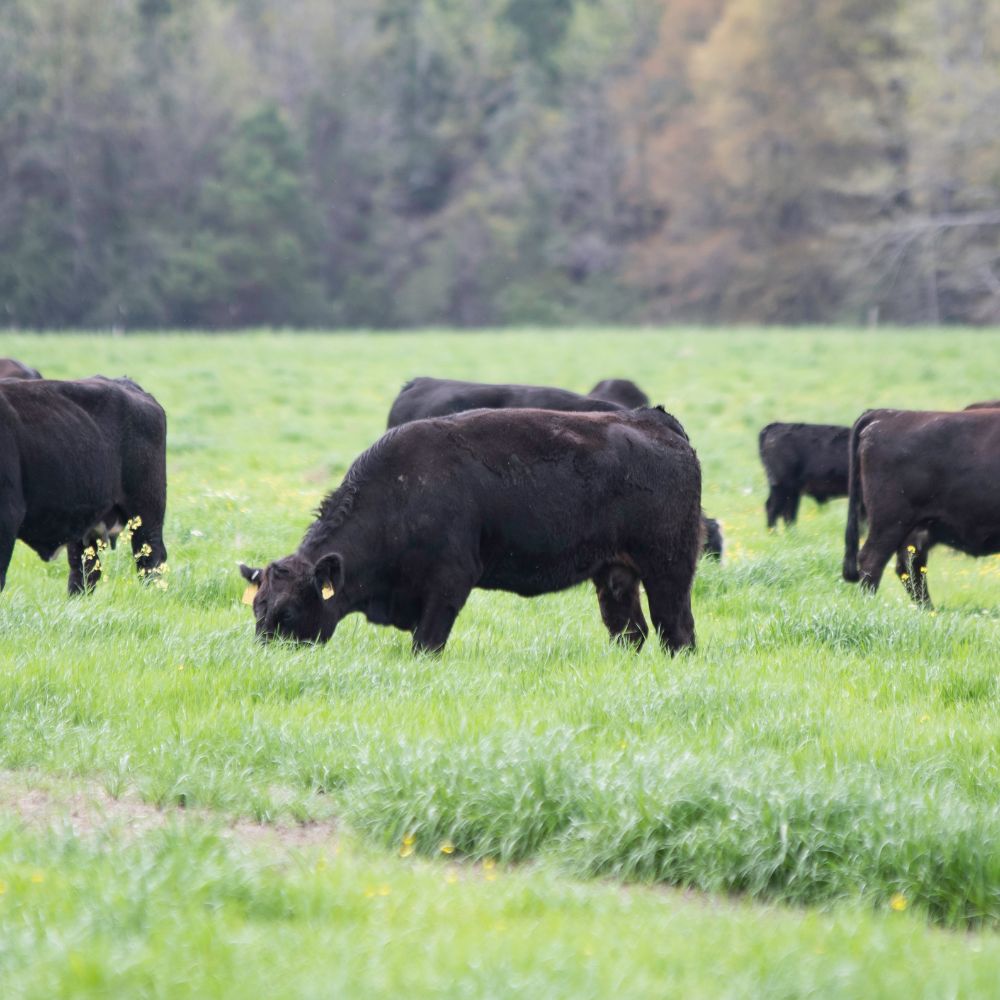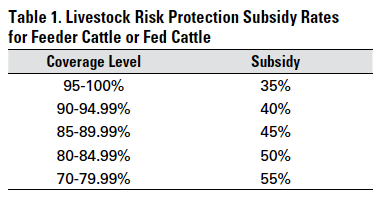Bagley Risk Management : Protecting Your Business Future
Bagley Risk Management : Protecting Your Business Future
Blog Article
Key Factors to Take Into Consideration When Choosing Animals Danger Protection (LRP) Insurance
When examining options for Livestock Threat Security (LRP) insurance coverage, several crucial elements necessitate careful factor to consider to make sure effective threat management in the farming market. Selecting the right protection options customized to your particular animals operation is paramount, as is recognizing exactly how premium expenses associate with the degree of security offered.
Coverage Options
When considering Livestock Threat Security (LRP) insurance policy, it is vital to recognize the different coverage alternatives available to mitigate threats in the agricultural field. Livestock Danger Security (LRP) insurance policy offers various insurance coverage alternatives customized to satisfy the diverse requirements of animals producers.
Another vital insurance coverage alternative is the recommendation period, which determines the size of time the insurance coverage holds. Producers can select the recommendation period that ideal fits their production cycle and market problems. In addition, insurance coverage levels and rates differ based on the sort of animals being guaranteed, providing producers the adaptability to personalize their insurance coverage plans according to their details demands.
Understanding the various coverage options readily available under Livestock Threat Security (LRP) insurance is crucial for manufacturers to make educated decisions that properly shield their animals operations from market uncertainties.
Premium Prices

Livestock Risk Security (LRP) insurance supplies important insurance coverage choices tailored to minimize threats in the farming industry, with a significant facet to think about being the estimation and framework of premium prices. When figuring out premium prices for LRP insurance, several factors come into play. These include the kind and variety of animals being insured, the coverage level chosen, the current market value, historic rate data, and the length of the coverage period. Insurance companies might additionally take into consideration the area of the ranch, as geographical variables can influence the total threat account.
Insurers evaluate historic information on livestock costs and manufacturing costs to identify an ideal premium that reflects the level of threat involved. It is vital for animals producers to thoroughly examine premium costs and protection alternatives to ensure they are appropriately secured against potential monetary losses due to negative market problems or unexpected events.
Qualified Animals
The determination of eligible livestock for Livestock Danger Defense (LRP) insurance policy protection involves careful consideration of certain standards and qualities. Animals kinds that are generally qualified for LRP insurance include feeder cattle, fed swine, cattle, and lambs.
Feeder livestock, for instance, are frequently eligible for LRP insurance coverage if they fall within defined weight ranges. Fed cattle might additionally be eligible, but they should meet particular weight and top quality grade requirements. Swine eligible for insurance coverage normally include market weight animals intended for slaughter. Lambs are another group of livestock that can be considered for LRP insurance, with variables such as weight and age playing a critical function in establishing their eligibility.
Before choosing LRP insurance policy for livestock, producers must carefully examine the qualification requirements laid out by my sources the insurance provider to guarantee their pets satisfy the necessary demands for coverage.
Plan Versatility
Plan versatility in Animals Danger Protection (LRP) insurance policy enables manufacturers to tailor protection to match their certain needs and run the risk of monitoring strategies. This versatility empowers livestock producers to personalize their insurance policies based on aspects such as the sort of animals they possess, market conditions, and individual risk tolerance levels. One crucial facet of policy versatility in LRP insurance coverage is the capability to select protection levels that line up with the manufacturer's monetary objectives and run the risk of direct exposure. Producers can choose protection levels that secure them versus prospective losses because of view changes in livestock prices, guaranteeing they are sufficiently insured without overpaying for unnecessary protection. Furthermore, LRP insurance coverage supplies adaptability in plan duration, enabling producers to select protection periods that finest fit their production cycles and marketing timelines. By providing customizable options, LRP insurance allows producers to efficiently handle their danger exposure while safeguarding their animals operations versus unforeseen market volatility.
Cases Refine
Upon experiencing a have a peek here loss or damages, producers can launch the claims procedure for their Livestock Risk Protection (LRP) insurance coverage by quickly calling their insurance coverage supplier. It is critical for producers to report the loss immediately to expedite the insurance claims process. When connecting to the insurance policy supplier, manufacturers will certainly need to provide in-depth information concerning the incident, including the day, nature of the loss, and any pertinent documents such as veterinary records or market value.

After the analysis is total, the insurance copyright will make a decision regarding the case and communicate the end result to the producer. The producer will certainly obtain payment according to the terms of their Animals Risk Security (LRP) insurance coverage policy if the case is approved. It is crucial for producers to be acquainted with the cases procedure to guarantee a smooth experience in case of a loss

Final Thought
In verdict, when choosing Livestock Risk Security (LRP) insurance, it is necessary to take into consideration protection choices, premium costs, qualified livestock, plan flexibility, and the claims process. These key factors will certainly aid make sure that breeders and farmers are appropriately shielded versus prospective risks and losses related to their animals procedures. Making a notified decision based upon these factors to consider can ultimately lead to far better monetary safety and peace of mind for livestock manufacturers.
Animals Risk Protection (LRP) insurance policy uses different protection options tailored to meet the varied needs of animals producers.The determination of qualified livestock for Animals Risk Defense (LRP) insurance protection includes careful factor to consider of particular criteria and features.Policy adaptability in Livestock Threat Security (LRP) insurance permits producers to customize protection to match their certain needs and take the chance of administration strategies.Upon experiencing a loss or damages, manufacturers can start the claims procedure for their Livestock Threat Security (LRP) insurance policy by quickly calling their insurance coverage service provider.In verdict, when selecting Animals Danger Protection (LRP) insurance coverage, it is important to take into consideration coverage choices, premium expenses, qualified animals, policy versatility, and the claims process.
Report this page